Undiscovered Cuba - March 11 - March 22, 2018
Cuban Economy
The Cuban government states it adheres to socialist principles
in organizing its largely state-controlled planned economy. Most
of the means of production are owned and run by the government
and most of the labor force is employed by the state. In recent years,
there has been a trend toward more private sector employment. Perhaps
private sector employment is over 20% now. Government spending is
close to 80% of the GDP. Any firm that hires a Cuban must pay the Cuban
government, who in turn pays the employee in Cuban pesos.
Under Raul Castro, foreign investment is now permitted in every sector
except health, education, and defence. Since the U.S. embargo has not
been lifted, the Cuban government has no access to international credit,
no U.S. investors, and is cut off from nearly all international communications,
export and infrastructure firms, who fear U.S. punishment for doing business there.
The military controls most areas of the economy. The military runs the national parks.
Page Two - Cienfuegos Botanical Garden & Valley of the Sugar Mills

At Cienfuegos Botanical Garden, established in the early 1900s as a center for
tropical plant research.
The Garden was created by Edwin Atkins, a sugar plantation owner, who designed
the garden in 1912 as an experiment to improve his growing techniques. The
property was bought in 1919 by Harvard University and turned into a station for
tropical research and sugar cane study. It became the property of the Cuban
Government after 1961, following the revolution.
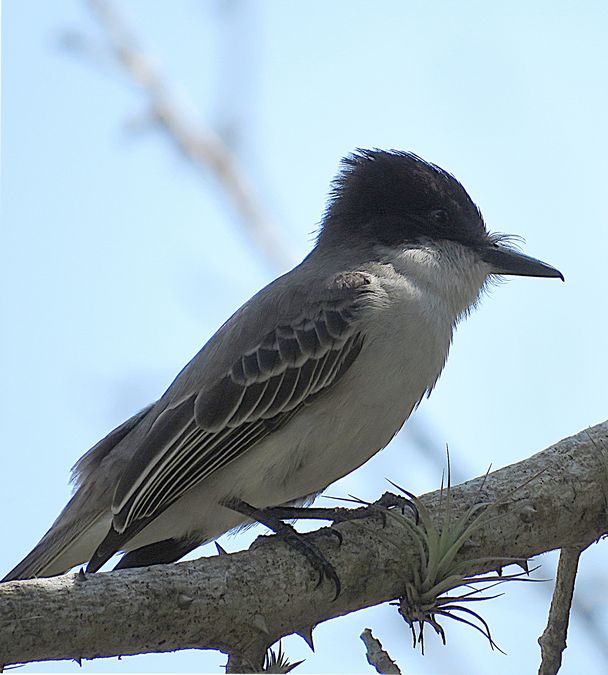
Loggerhead kingbird
Loggerheads are equipped with specialized whisker-like feathers
that help them catch their food.
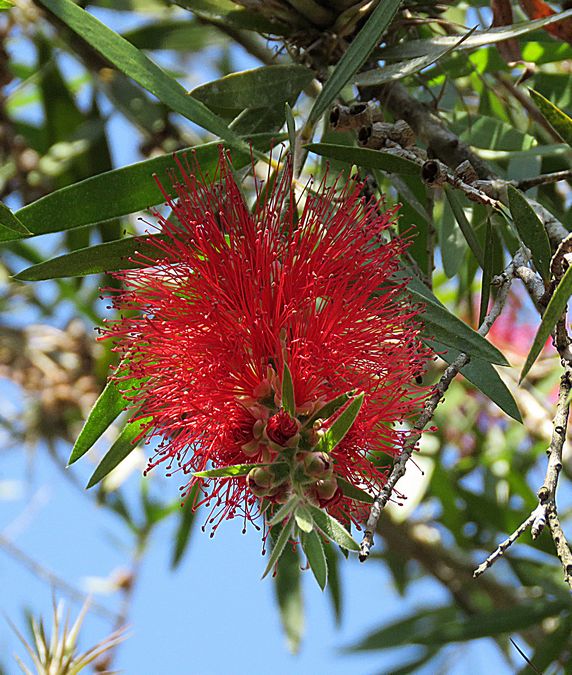


Lizard clinging to a tree at the Botanical Garden

Unusual palm tree

Anole Lizard

Frog hiding in a plant
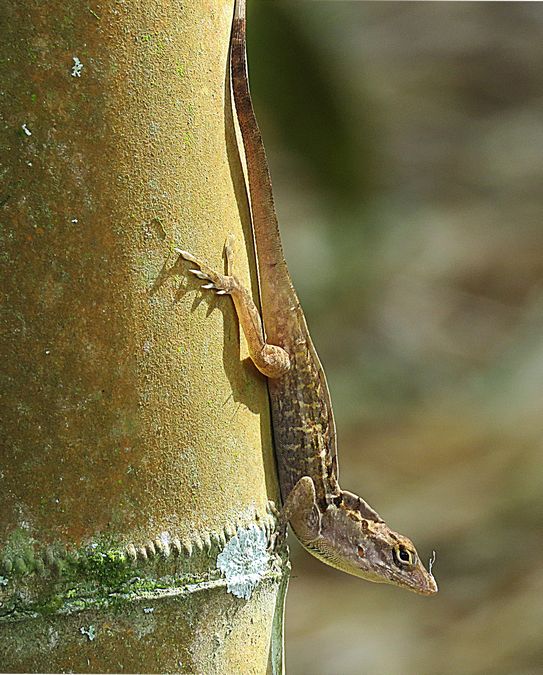
Another type of lizard

Elephant's Foot Tree

Thousands of crabs crossing the road to get to the sea to lay eggs, an annual
event. Many were being smashed accidentally by traffic. We were
driving to our next destination, Trinidad, where we stayed 2 nights.
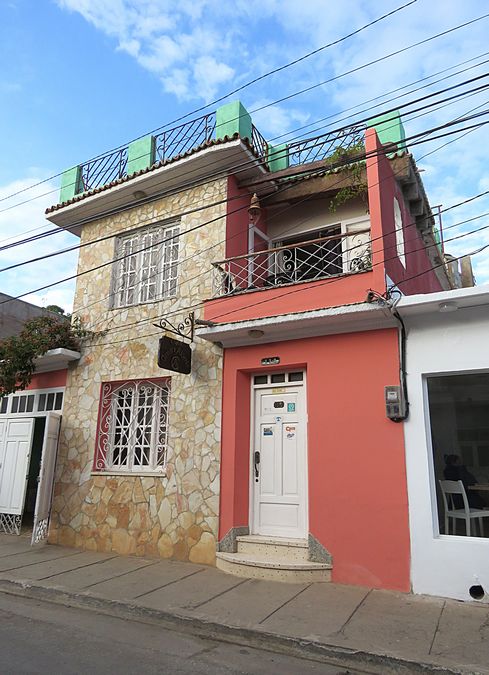
Lodging in Trinidad, Casa Osmary Alberto
In Spanish, "casa particular" means "private home." In 1997, the Cuban
government announced that Cuban families could register their home as a privately
owned business and rent out rooms to foreigners. After the 1959 Revolution and
before 1997,
all accommodation in
the country was entirely state-owned and
operated. Currently, the Government has stopped approving new licenses
for such places, but many Cubans are still renovating or adding rooms to their
homes in the hope that policy will change; and they will be a position
will be in a position to make money renting rooms.
All hotels are partially or
wholly state-owned. Some are managed by joint ventures with foreign companies,
but Cuba always has majority ownership.

View of my room at the Casa on the second level above the courtyard
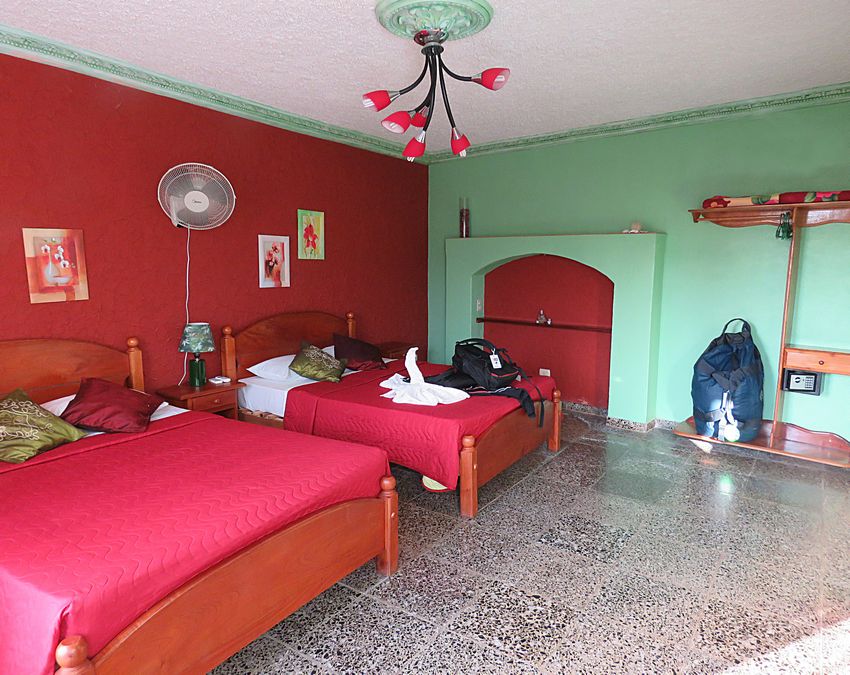
View inside my room at the Casa

Dinner at a private restaurant in Trinidad.
Identification of tour group members that can be seen:
From left: back of head Odile from Sarasota, Tim and Judi from Sioux Falls, Peggy
& Steve from Chanhassen, MN, Diane from Riverside, CA (just back of her head),
Joe from Newton, MA, Myrna from Jacksonville, OR

Musicians at the restaurant
Most restaurants had musical performers. After performing a while, they would
come around and offer to sell us their DVD album. You hear music everywhere
in Cuba.
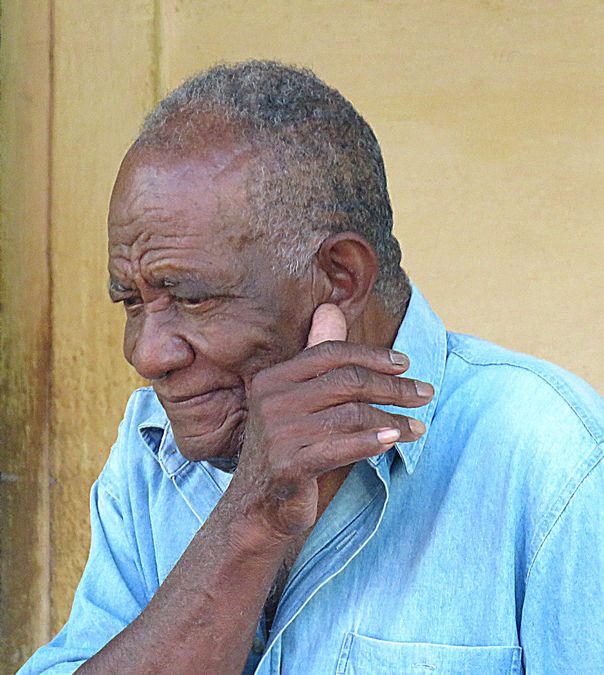
Older man standing in front of his home near our Casa in Trinidad

Valle de Los Ingenios - Valley of the Sugar Mills, once the center of Cuba's sugar
industry in late 18th, early 19th century. Most of the 50+ sugar mills were
destroyed during the War of Independence (Spanish-American War).
Cuba was once the world's largest sugar exporter.
Until the 1960s, the US received 33% of its sugar cane imports from Cuba.
During the cold war, Cuba's sugar exports were bought with subsidies
from the Soviet Union. After the Soviet Union's collapse,
two thirds of sugar mills in Cuba closed.

Farm home near the viewpoint of the Valley
Agriculture in Cuba today contributes less than 10% to the gross domestic product.
It employs about 20% of the working population. About 30% of the country's
land is used for crop cultivation.
The inefficient agricultural industry
in Cuba has led to the need to import large amounts of beef, etc.
Cuba imports about 70–80% of all the food its people consume
and 80–84% of the food it provides via giving rations to the public.
Before the 1959 revolution, the agricultural sector in Cuba was largely
oriented towards and dominated by the US economy. After the
Cuban Revolution, the revolutionary government nationalized farmland,
and the Soviet Union supported Cuban agriculture by paying exorbitant
prices for Cuba's main agricultural product, sugar cane, and by
providing fertilizers. Sugar was bought by the Soviets at more than five
times the market price. 95% of Cuba's citrus crop was exported to the Soviet
Union, while the Soviets provided Cuba with 63% of its food imports and 90%
of its gasoline. After the collapse of the Soviet Union, the Cuban
agricultural sector faced a very difficult period.
Agricultural production fell 54% between 1989 and 1994.
The government tried to strengthen agricultural biodiversity
by making a greater range of varieties of seed available to farmers.
In the 1990s, the government prioritized food production and put focus
on small farmers. In 1994, the government allowed farmers
to sell their surplus product directly to the population. This was
the first step to lift the state's monopoly on food distribution.
Due to the shortage in artificial fertilizers and pesticides,
Cuba's agricultural sector largely turned organic. With
the poor transportation system, it is hard to transport food
products.

Iznaga Tower, constructed in 1816, once was Cuba's tallest structure, 147 ft.
Its height and elaborate design were a testament to the owner's vast wealth during
the Spanish colonial period. Much of this wealth was created by the labor of more
than 30,000 slaves in the valley. Slavery was abolished in 1886. Most slaves
came from Nigeria or near there in Africa.

View from the Iznaga Tower.
The bell that formerly hung on top of the tower announced the beginning and the
end of the work day for the slaves, as well as the times for prayers to the Holy Virgin
in the morning, midday, and afternoon. It was also used to sound an alarm in case of
fire or slave escape. The height and magnificence of the tower served to display
Iznaga's power over his slaves and his stature in the sugar industry and local society.

Another view of the historic sugar plantation and valley
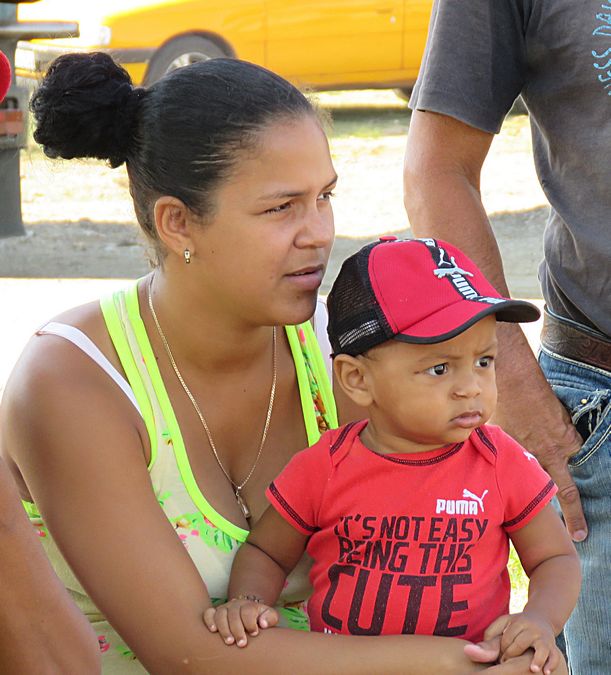
Female vendor and her son at the historic sugar mill plantation
Link to Page Three - Trinidad
Pat's Home Page